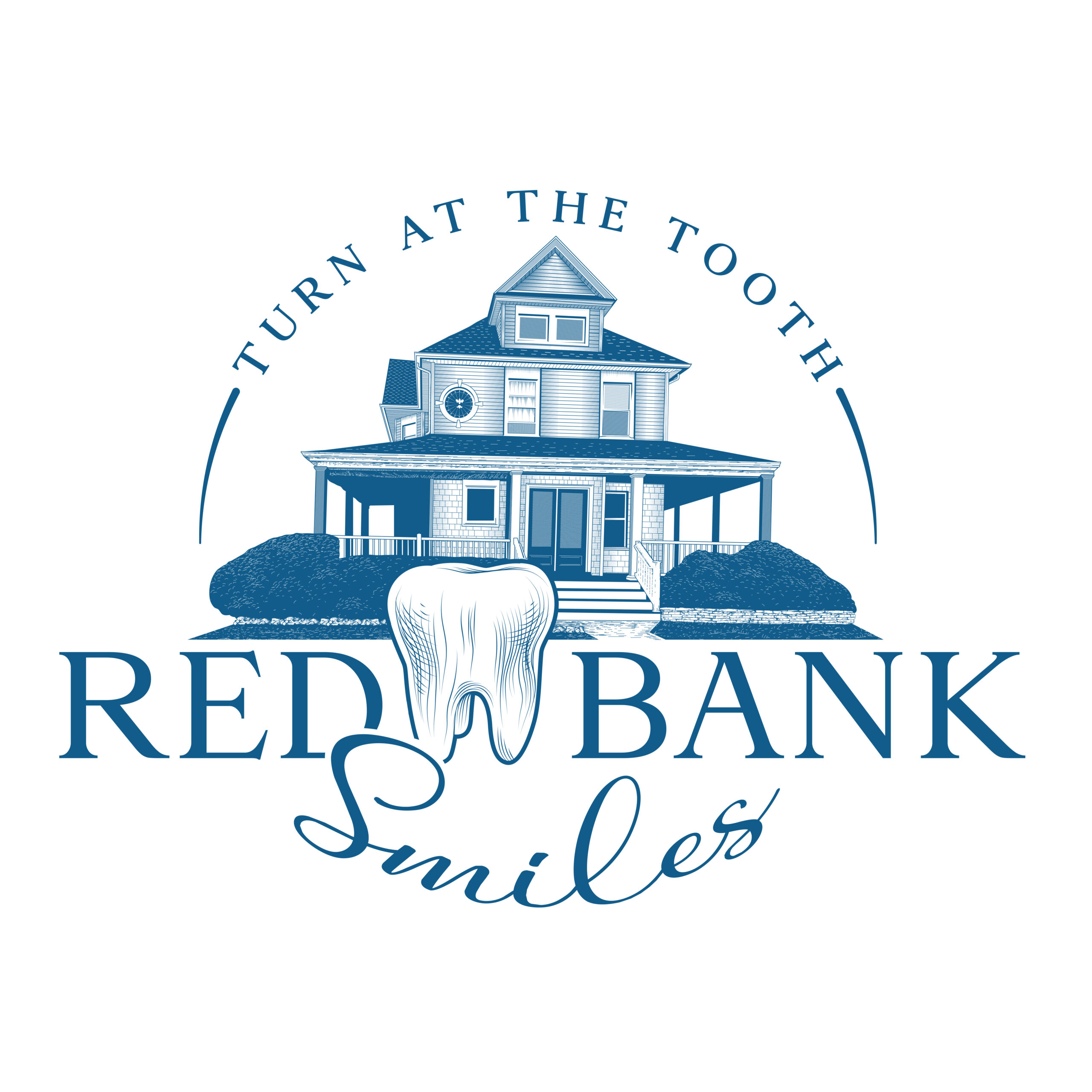Emergency Dental Care

Fast Relief When You Need It Most
Dental Emergency? We’ve Got You Covered.
Tooth pain, a broken tooth, or sudden swelling never happens at a convenient time.
When a dental emergency strikes, you need immediate care to relieve pain and prevent further damage. If you’re unsure whether your situation is an emergency, give us a call—we’ll guide you on the next steps.
When to Call Your Dentist ASAP
What Qualifies as a Dental Emergency?
If you're in pain or experiencing an urgent dental issue, don't wait.
Here are some common emergencies that require prompt attention:
✔ Severe Toothache – Persistent pain that doesn't go away.
✔ Chipped or Broken Tooth – A cracked or fractured tooth that needs repair.
✔ Knocked-Out Tooth – A tooth that has been completely dislodged.
✔ Swelling or Infection – Signs of an abscess or gum infection.
✔ Lost Filling or Crown – A missing restoration that exposes your tooth.


The Emergency Dental Visit
During your emergency dental visit, Dr. Klayman will first perform an immediate evaluation to assess the issue and provide quick pain relief. If needed, digital X-rays will be taken to determine the severity of the problem.
Based on the diagnosis, a treatment plan will be created, with some procedures completed the same day or scheduled for follow-up care. Before you leave, we’ll provide aftercare instructions and prevention tips to ensure a smooth recovery and help you avoid future emergencies.
What You Need to Know About Emergency Dental Care
If your toothache is severe, lasts more than a day, or is accompanied by swelling, seek care immediately—it could be a sign of an infection.
Rinse your mouth with warm water, apply a cold compress for swelling, and see a dentist as soon as possible for repair options like bonding, a crown, or veneers.
For severe bleeding, facial trauma, or swelling that affects breathing, go to the ER immediately. For all other dental emergencies, a dentist can provide faster, specialized care.
A lost filling or crown can expose your tooth to sensitivity and damage. If possible, keep the restoration and avoid chewing on that side until you see a dentist for repair.

